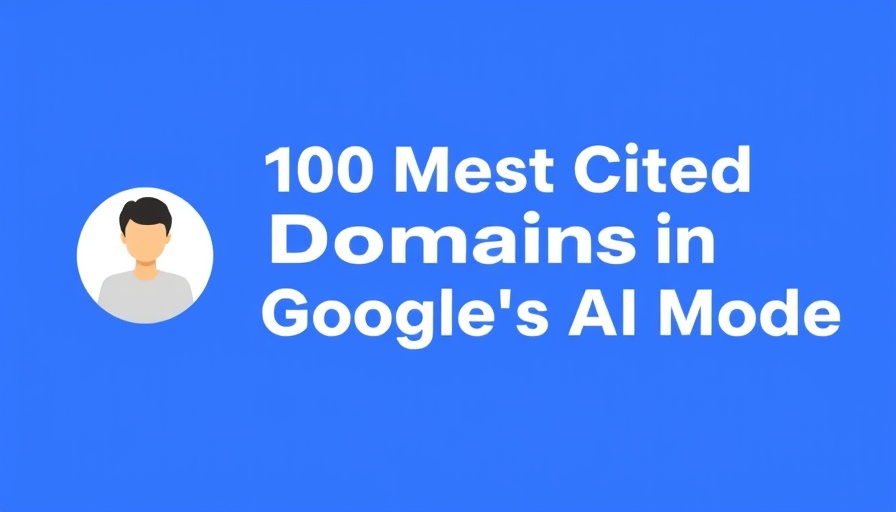
Understanding the New Graph Foundation Model: A Leap in AI Precision
Recently, Google has introduced an innovative framework known as the Graph Foundation Model (GFM), which promises to redefine the landscape of artificial intelligence and data analysis. By enhancing precision in spam detection and other applications three to forty times compared to existing technologies, this model addresses one of the industry's long-standing challenges—generalizing across distinct data representations, which is paramount in our increasingly interconnected digital world.
The Shift from Graph Neural Networks
To appreciate the significance of Google's GFM, it is essential to understand the evolution from Graph Neural Networks (GNNs) to this new model. GNNs have proven effective in graph analysis, but they are traditionally limited to the particular graphs on which they were trained. This creates a crucial bottleneck, akin to needing a new language-specific AI model to handle tasks in foreign languages, rather than having one that adapts seamlessly. The GFM aims to erase this limitation, allowing for broader applicability across diverse datasets.
Why Precision Matters in Spam Detection
With online spam detection becoming more vital for digital marketing success and user experience, accuracy is paramount. The ability to detect spam effectively can directly influence a brand's reputation and user engagement. Google's GFM provides a powerful tool that can leverage generalized insights across varying data sets, thereby customizing spam-filtering mechanisms to better serve different user contexts without requiring individualized training. This not only enhances the user experience but also optimizes ad performance.
Anticipating Future Applications of GFM
The implications of Google's GFM stretch beyond spam detection. As industries look to harness vast amounts of interconnected data, the capacity to extract insights and make decisions quickly becomes critical. From improving recommendation systems in e-commerce to refining predictive analytics in healthcare, the GFM positions itself as a transformative force across sectors. As companies adopt this technology, we can anticipate advancements in personalized customer experiences and operational efficiency.
Challenges in Implementation and Acceptance
However, the introduction of such groundbreaking technology isn't without challenges. As Google shifts its focus from publishing extensive research papers to operationalizing innovations, questions arise about transparency and reproducibility of results. Stakeholders in various industries may be concerned about how the model fits within their own systems and whether they will have access to adapt or utilize it effectively. Ensuring stakeholder education and accessibility will be crucial in fostering trust and broader implementation.
The Broader Impact of AI and Data Interconnectivity
The rise of AI technologies like GFM underscores a larger trend in digital transformation—an age where interconnectedness makes data more potent. Understanding how to manipulate and analyze this data will not only drive technological advancements but will also frame discussions around ethics, privacy, and security. As we advance into this new frontier, ensuring responsible usage becomes paramount for tech companies and consumers alike.
As industries adapt to this technological evolution, stakeholders must consider the strategic implications of AI advancements offered by Google's new model. Engaging with these shifts not only prepares you for upcoming changes but also positions you to leverage the inherent advantages they present.
 Add Row
Add Row  Add
Add 




Write A Comment